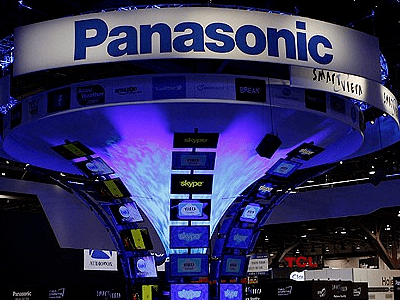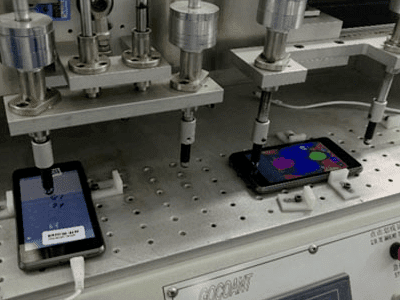The approval of the Union Cabinet for setting up of two Fabs in India is undoubtedly a remarkable step for the overall growth and development of the ESDM sector in the country. Although, looking at the global semiconductor industry footprint India has made a rather late start on this journey, but even this is a bold step that will push forward the ESDM growth story for the country. This is particularly important at a juncture when the country wants a resonant manufacturing sector to contribute its share to economic growth.
In a recent statement Minister of State for Communications and IT Milind Deora informed the Rajya Sabha that the country imported electronic products worth Rs 1.57 lakh crore in financial year 2011-12, up by around 30% compared to the previous fiscal (2010-11), which stood at Rs 1.21 lakh crore. This dependence on imports is projected to increase year-on-year as the average propensity of an average Indian consumer to spend on electronics products continues to grow. What will also drive electronics imports growth further is the increasing penetration of technology in various manufacturing and service industries. Under such a scenario, the value of electronics imports will become comparable to that of petroleum products and gold. While dependence on imports of petroleum products and gold cannot be reduced by any policy intervention, barring increase of import duties, electronics is an area where there is a good potential to do so.
CMR does not see that by setting up of Fabs in India will completely absolve the country’s dependence on imports, but the domestic value add will increase substantially as chips and other semiconductor products constitute the major components of e-BOM (electronic bill of materials). Such components can account for anywhere between 25-35% of the BOM for electronics devices and products.
So, while Fabs will not immediately provide a respite to the nation and help reduce the much needed import bill of the country in the immediate term, by around 2016 is when we should see a fruition of this mega decision. It will benefit all the industries that use some kind of electronics, for example IT, Telecommunications, Healthcare, Home Electronics, Defence etc.
But, now is the time to act if we really want to make our balance of payments situation and foreign currency reserves improve. Along with setting up of the Fabs, the entire electronics design and manufacturing industry ecosystem needs to be worked out and developed in a manner that all the auxiliaries that cog into the ecosystem are also developed equitably. For instance, along with the fabrication of chips, we need to strengthen research and product design capabilities, identify the new or scarcely available skills in the country that are linked with the fabrication business, improve logistics support and other associated elements. In this manner, by the time the Fabs are operational we would have other necessary elements also in place, without which the Fabs themselves would simply become ‘ghost’ infrastructure.
But the Fabs will serve as a ‘game changer’, helping to attract further investments into the country and we can expect to see manufacturing partnerships between global MNCs and local electronics companies. This will result in indigenisation and higher domestic value addition. Thus, over a period of 3-4 years, the Fabs would become the hub of ESDM sector growth in the country and play a pivotal role in making India a hi-tech manufacturing economy.












